WAUPACA, Wis. — When the railroad came to town 150 years ago, it helped propel the farming community of Waupaca onto the world stage.
“They realized Waupaca was really good for growing potatoes and the railroad could ship them,” said Mike Kirk, Waupaca Depot Manager.
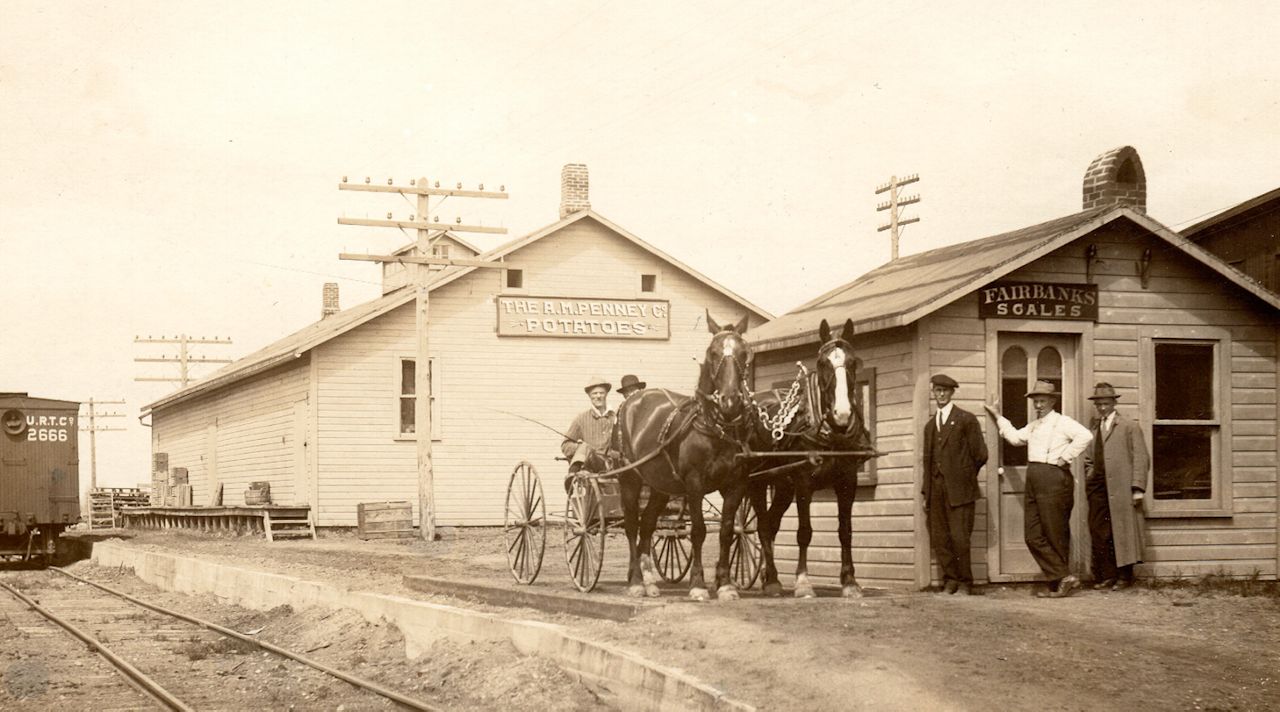
Once dubbed, ‘The Potato Capital of the World,” the market prices for spuds were determined on the streets of Waupaca.
“Waupaca even had the second radio station in Wisconsin because they broadcasted the market prices, said Kirk. “That’s why they put it in.”
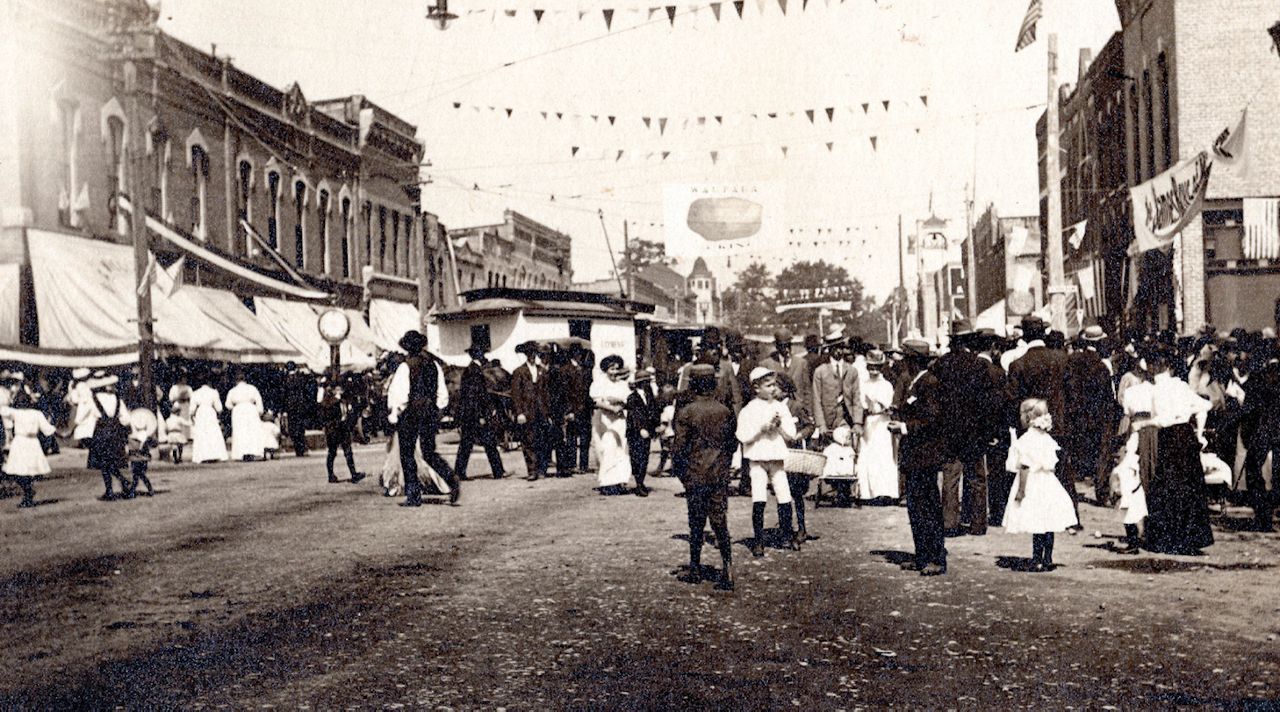
The depot was a hub of activity until passenger service ended in 1965. Freight trains continued to use the tracks but in 1987, the depot building was abandoned and became a target for vandals.
“It was in really bad shape and we thought it was not worth saving,” said Kirk. “But I guess I did anyway.”
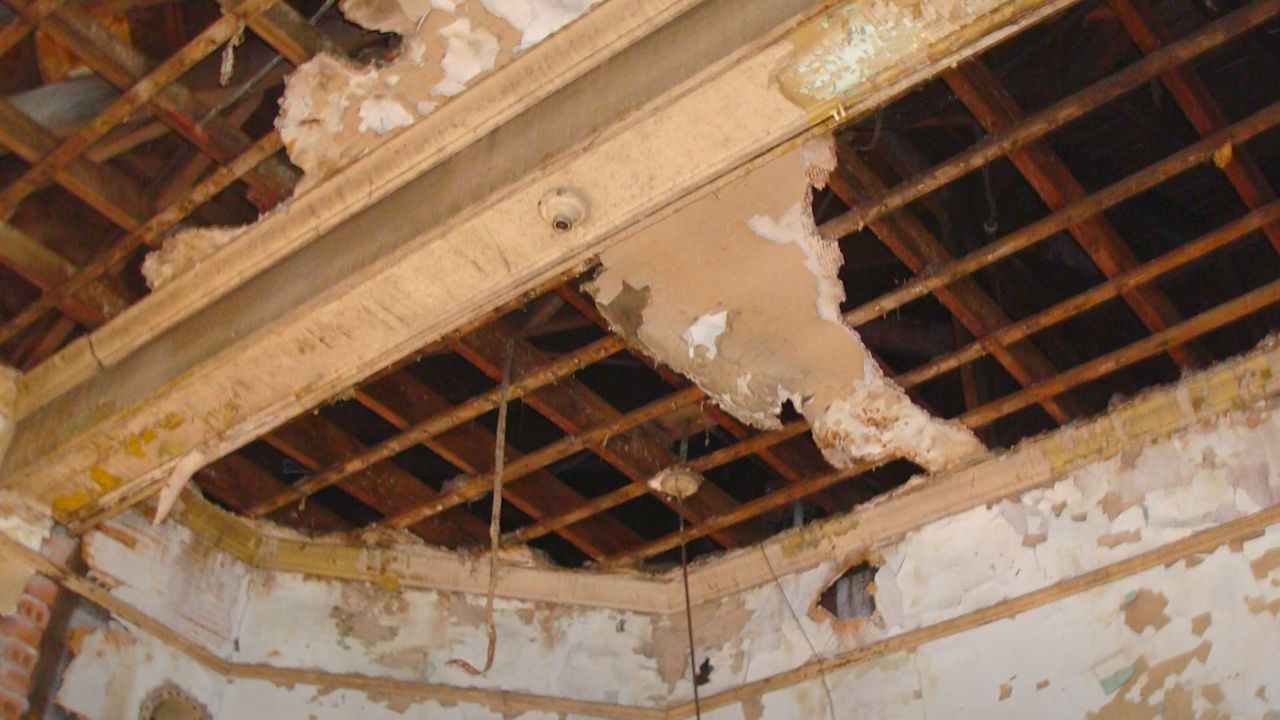
Kirk orchestrated the purchase of the depot from the railroad to the Waupaca Historical Society.
Then with help from volunteers, work began to reconstruct the damaged building.
“We tried to lay out everything like it was in the old pictures,” said Kirk. “That’s the original telegraph key,”
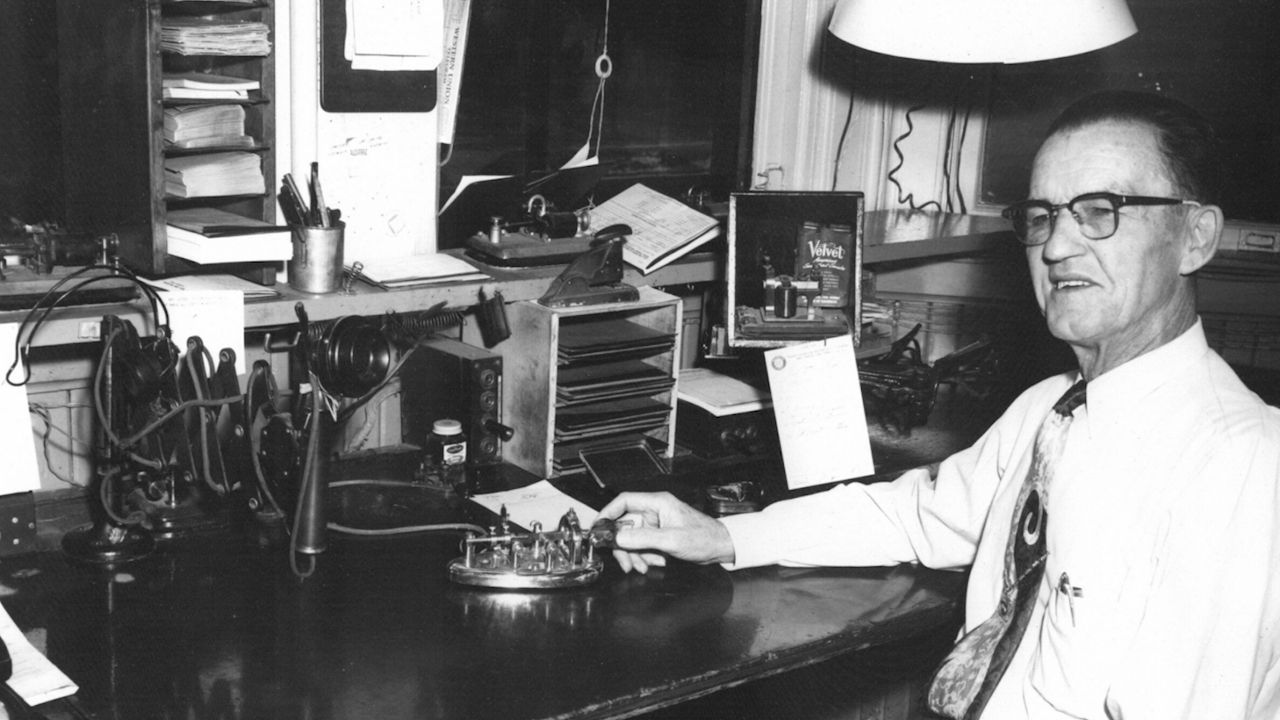
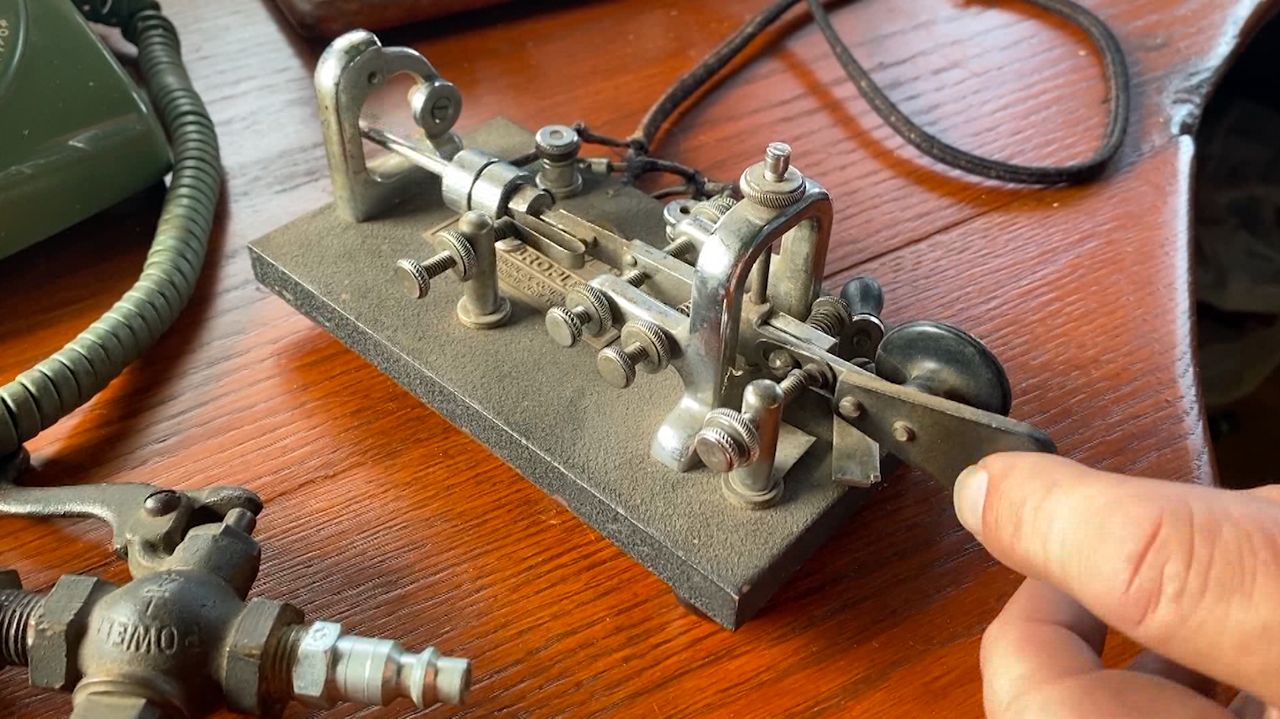
Kirk tapped on the key and soon after, a computer-generated response tapped a reply.
"Every once-in-a-while, somebody comes in here and knows what it says," said Kirk, "but not too often anymore."

Another volunteer, Lane Streck brought a crossing signal back to life. Now with the touch of a button, depot visitors can hear the sounds and see the flashing warning lights. Streck enjoys the hands-on history lessons.
“Railroading was nostalgic and this was one of the few things you could go back in nostalgia with and kind of immerse yourself into the history,” said Streck.
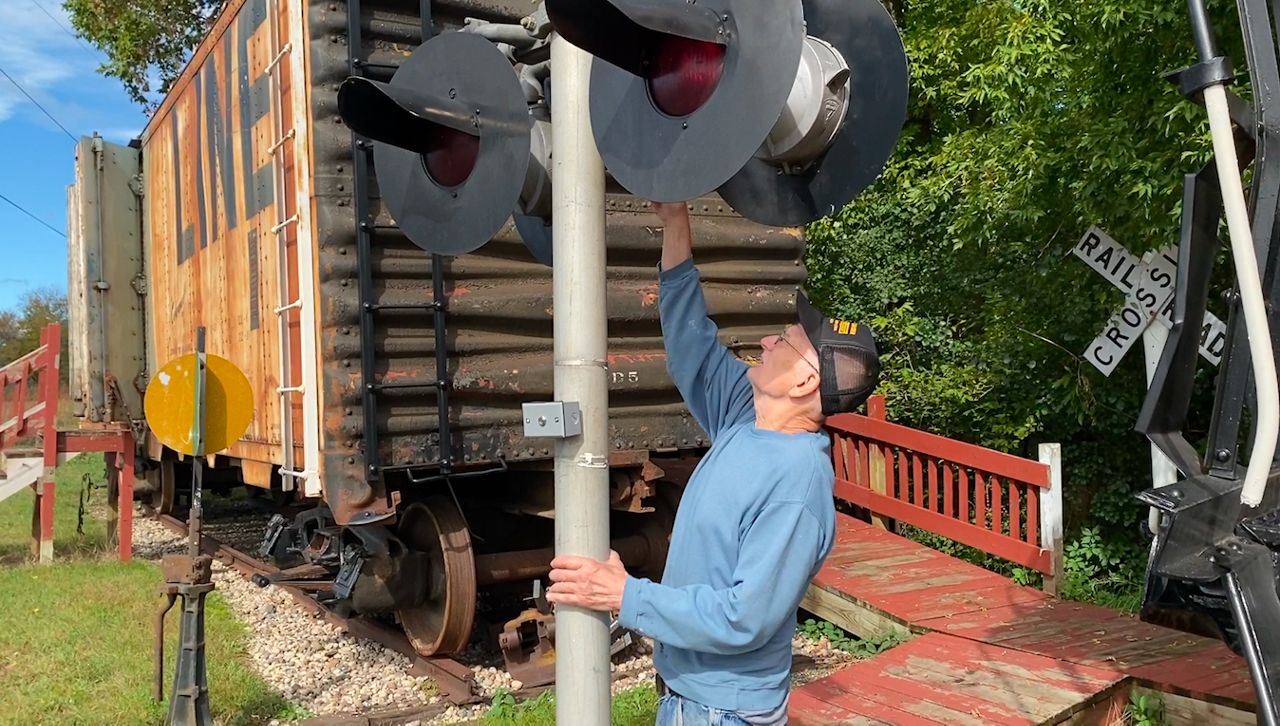
The work to bring the depot back to its glory days also helps to keep Streck’s mind off other things. In 2019 he was diagnosed with pancreatic cancer and given one year to live.
“But we’re still here in 2021 which most of the oncologists said I shouldn’t be,” said Streck. “I’m always busy. I’ve always been busy and I’ll always try to stay busy.”
Volunteers also dug out a basement below the depot and turned it into a model railroad area. One project includes a historically accurate backdrop of Waupaca from the early days.
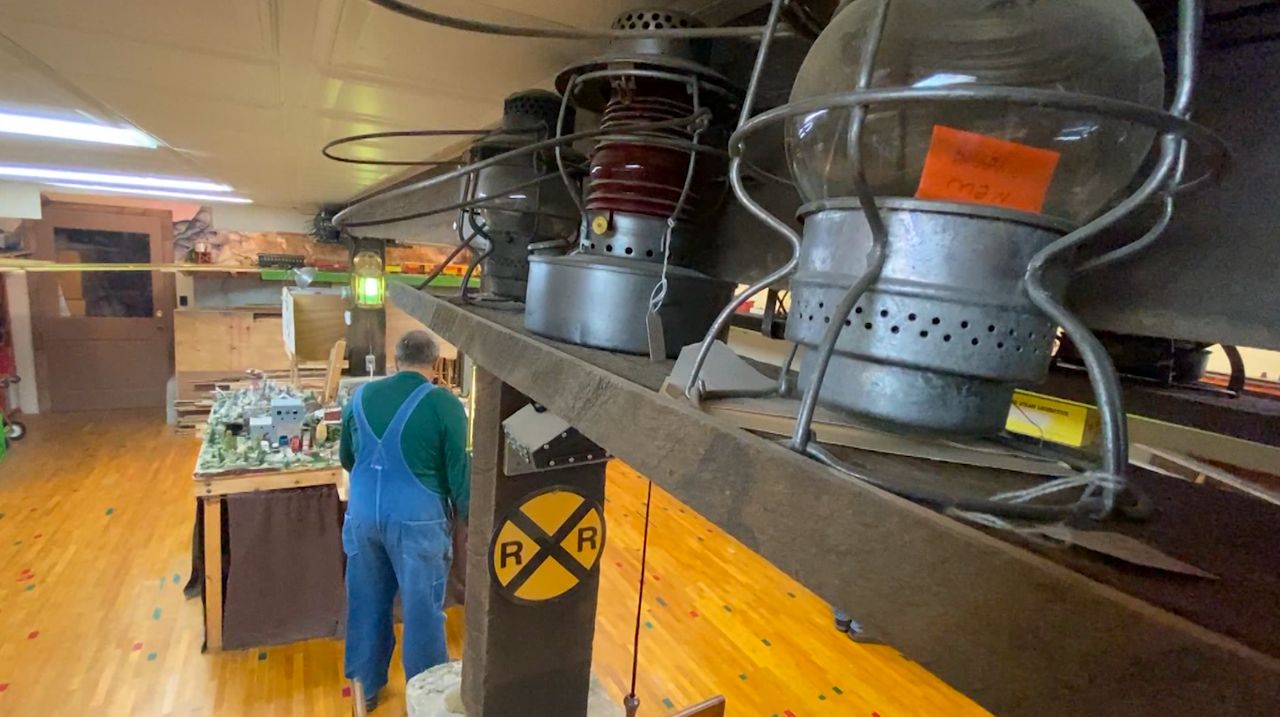
“We were model railroading even before we got this depot,” said Kirk. “It brings in the families. A lot of the kids like to come and see the trains run.”
For those who aren’t able to make the trip to the depot, Kirk has you covered. Webcams capture the estimated 20 trains per day that pass by the depot. The historical society streams the video to their YouTube channel which has over 300,000 subscribers.
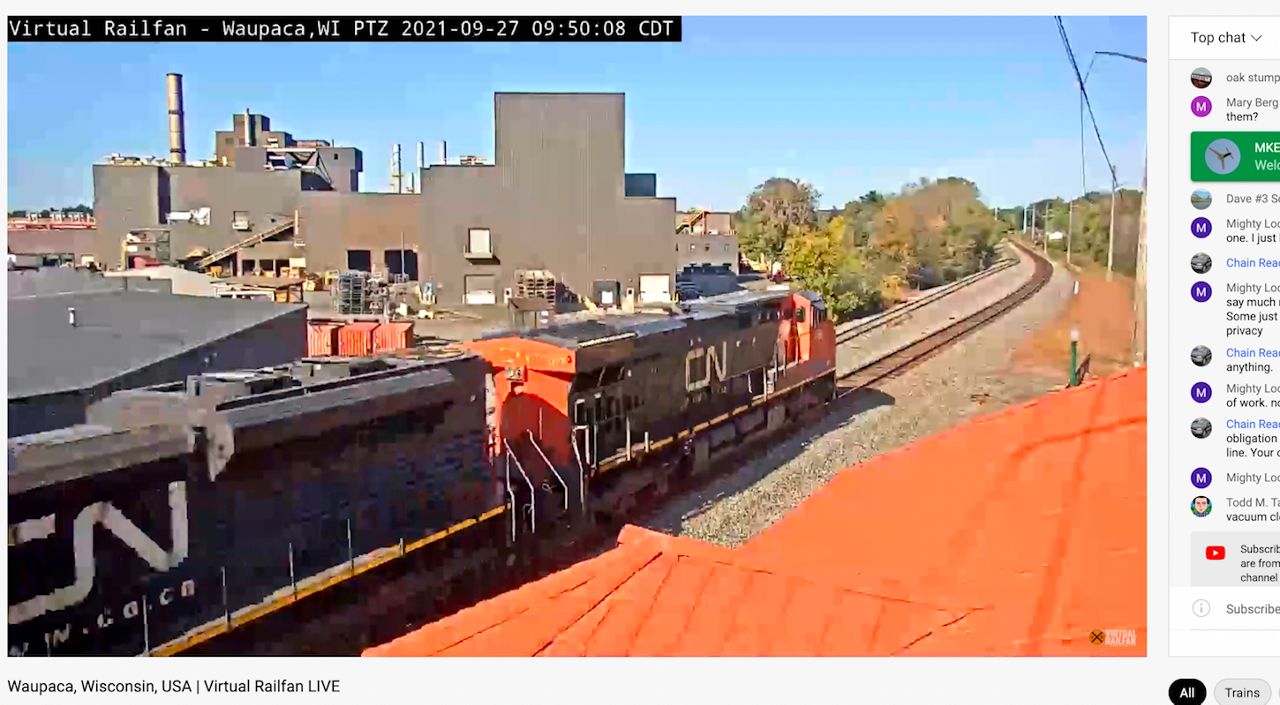
“We have the advanced traffic control system in here,” said Kirk. “We get the information from the railroads saying where the trains are. I can type it in the chat and tell people when the trains are coming.”
A fence now separates the depot from the active railroad. Viewers tune in to watch trains zip by or cars move around at the Waupaca Foundry.
While the city is no longer the ‘Potato Capital of the World,’ thanks to volunteers, visitors can still get a feel for what the depot was once like.



